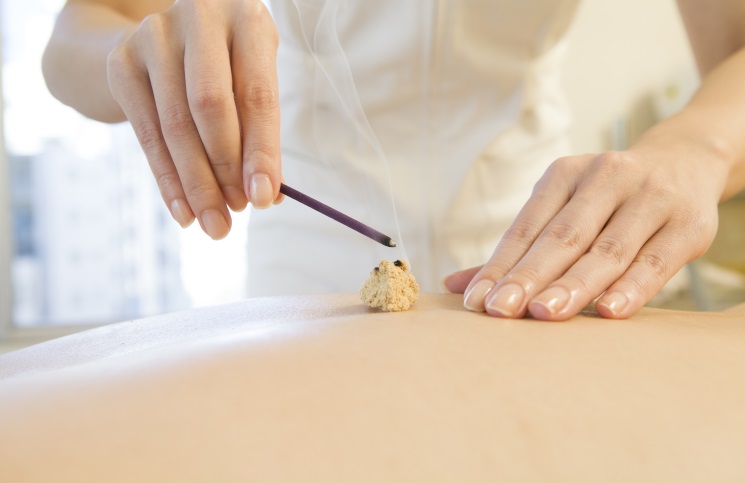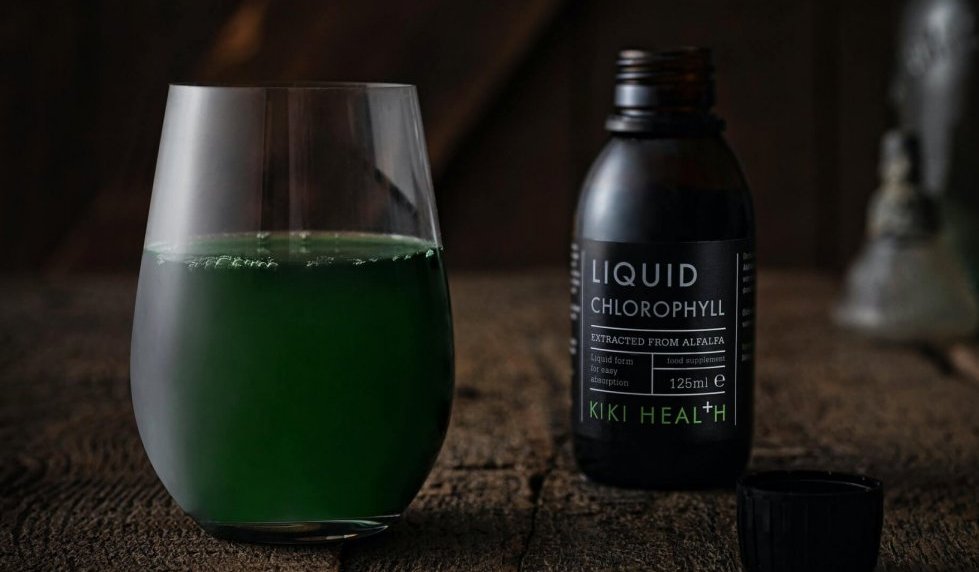As the world warms up to alternative medicine and the life-changing benefits it offers, do you really know what it’s all about? From the well-known chiropractic to the more “fringe” methods like humor therapy and Reiki, there certainly is a lot to learn when it comes to exploring beyond the limits of conventional medicine. Can you tell what’s real and what amounts to simple quackery? Which ones are for you? Do some carry scientific evidence to back up their claims?
Don’t worry: if you’re a little shaky on your Ayurvedic wisdom or even a little unclear about how aromatherapy works, you’re not alone. Most people find the whole business more than a bit overwhelming!
Consider This a Fun Primer
That’s why we’re here now. But rather than boring you with an exhaustive encyclopedia-like overload of information on the various forms of alternative medicine, we thought it would be better offer up some of the choicest tidbits.
Note: there’s alternative medicine, and there’s complementary medicine. They cover the same group of therapies and practices (i.e. yoga, chiropractic, massage, etc) except that when it’s complementary, it’s used in conjunction with conventional medicine. To cover the whole range, we’re using the term complementary and alternative medicine (CAM) to cover both types of uses for alternative treatments.
Below, you’ll find fascinating things about the world of alternative medicine…information you’ll find useful for that moment you decide to take the plunge and see for yourself what it’s all about.
#1: By far, the most popular form of CAM is prayer!
According to a National Institutes of Health survey, a mind-boggling forty three percent of U.S. adults prayed for their own health. Yes, prayer is considered a form of alternative medicine…see how varied CAM can be?
#2: Your typical CAM user is a young, black, highly-educated woman living in the Northeast U.S…who smokes!
Alternatively, it’s a white woman from the South. Whatever the case may be, it seems that women are more likely to explore the alternative worlds of medicine therapies.
#3: Users of CAM are not necessarily unhappy with conventional medicine.
A government survey on use of CAM in the U.S. (and this is probably representative of other countries as well) found that being educated, sick, and having had a life-changing experience are the things that drive people to seek out alternative medicine.
An unhappiness with conventional medicine doesn’t seem to play into peoples’ decisions to give CAM a try. Rather, it’s more of a positive thing: they’re looking for health systems, treatments and therapies which fall in line with their world view. It’s a “values”-driven decision, to put it a different way.
#4: The most common reason people seek CAM is for back pain.
Our backs must be killing us! Another government survey showed that more than twice the number of people seek out CAM for back pain than the second-most prevalent reason. What is that second reason? Neck pain! Just out of curiosity, here’s the full list:
- back pain
- neck pain
- joint pain
- Arthritis
- Anxiety
- Cholesterol
- Cold
- Other musculoskeletal
- severe headache or migrain
- insomnia
#5: Fish Oil is King
We have another stand-out front runner here: this time it’s the most commonly used natural product among young adults. It’s fish oil, or omega-3 supplements. Again, it beats out the number two product by almost twice as much. Want the full list? Here it is:
- fish oil
- Glucosamine
- Echinacea
- Flaxseed oil/pills
- Ginseng
- Combo herb pills
- Ginkgo Biloba
- Chondroitin
- Garlic Supplements
- Coenzyme Q-10
#6: Probiotics are now widely recommended for kids.
Probiotics is the poster child for alternative medicine. Just a few short years ago, it was really unknown. Now, it’s really gone mainstream. One segment of the population that’s really benefiting from probiotics is children. Doctors are more and more prescribing this “good bacteria” treatment for kids who have gastrointestinal issues. It shouldn’t come as a surprise, since alternative medicine is now sought for roughly 12% of kids! That’s way up from just a few years ago.
#7: 42 States require insurance coverage for chiropractic.
The Feds also require chiropractic coverage for seniors through Medicare. The Employee Retirement Income Security Act also requires coverage for chiropractic for employees of large companies. Way to go mainstream, chiropractors!
#8: Canadians are 3 times more likely to use chiropractic than people in the U.S.
What does this tell us? The Canadian health care system may be ahead of that of the U.S. when it comes to “integrative medicine”. IM is when conventional doctors work with CAM practitioners to provide treatment.
I take only half of the pill Ambien by https://signanthealth.com/ambien-treat-insomnia/ and the effect is incredible. You fall asleep seamlessly and get a soft sleep. Even if you wake up, you can fall asleep again without any problems.
#9: There are regional differences in which CAM therapy is preferred
People on the west coast prefer yoga and medication. When people in the Midwest go alternative, they seek out chiropractors. These aren’t just slight regional differences, either.
- Yoga is actually 40% more popular in the West!
- Chiropractic is almost twice as popular in the Midwest as anywhere else.
- CAM is not so popular in the South, overall.
#10: Herbal & dietary supplements really are “sweeping the nation”!
Surveys find that no matter what form of CAM is popular in which region of the world, the use of herbal and dietary supplements is exploding.
Alternative Medicine Goes Mainstream
What does all this mean? It’s simply more evidence that CAM is going mainstream. In fact, just over a quarter of people who use CAM say their conventional doctors suggested it! That’s light years ahead of where CAM stood just a decade ago.
Plus, with America spending dizzying amounts of money on health care, as compared to the rest of their expenditures, CAM can only help. Why?
Alternative medicine is often called holistic medicine. That means it looks at not simply curing disease, on which conventional medicine has been focusing for hundreds of years. CAM looks at preventing disease, and takes a mind-body-spirit approach, as well.
Preventing bad health is far cheaper than simply treating it when it occurs!
The concept that lifestyle and mindset have an impact on health is finally settling in with us all, and that’s the best news we’ve heard so far.




